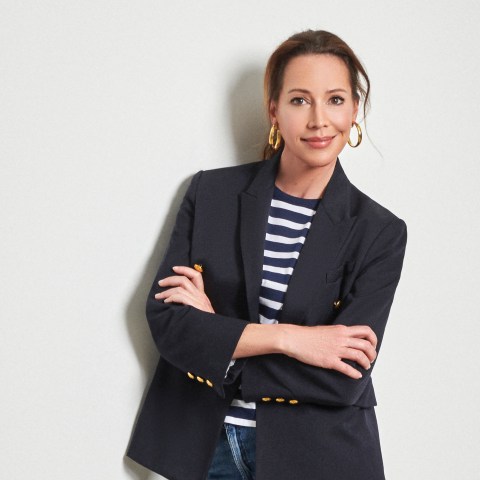An Antidote for the End-of-Summer Blues
Autumn anxiety may not be an official diagnosis but increased stress this time of year is very real—here are 3 strategies to defend against it
It may only be August but pumpkin spice season is officially upon us. Brands are already rolling out their fall-inspired offerings and Christmas merch is popping up too. Apparently this is known as “Christmas Creep.” Long before a leaf hits the ground, retailers are telling us the summer is over. Thanks but no thanks.
Autumn anxiety may not be an official diagnosis but the annual experience of increased stress at this time of year is very real. As seasons go, the end of summer, a new school year, a more rigid schedule, and the impending holidays (likely amplified by Christmas Creep) all contribute to the end of summer blues.
My son once described August as the Sunday of the summer. The thought of homework, going to bed early, and having to wear shoes again made him shudder. When a back-to-school commercial played on the television, he would leave the room.
The countdown was painful. The closer Labor Day loomed, the harder it became to think about anything else. One late August evening, feeling a chill in the air, he said, “I almost wish school started tomorrow. I just want to get it over with.”
What my son was experiencing was dread. Dread is it’s own unique form of misery. Defined as an “extreme reluctance to meet or face,” dread conjures impending doom. Unlike anxiety which is characterized by uncertainty and generalized worry, dread is more specific.
The cruelty of dread is its inevitability. Anxiety is imagining there might be a hungry monster under the bed. Dread is knowing there is a hungry monster under the bed who is about to come out.
Here’s why dread can be so devitalizing
Anticipating something horrible can be horrible in itself. Or as Tor Wagner of Columbia University observed, “expecting an emotional event is an emotional event.” A 2014 study underscores the discomfort of dread.
When given the choice of receiving an immediate strong electrical shock versus a milder one in the future, most participants opted to receive the more intense shock right away.
Anticipating unpleasantness was so unpleasant that they would rather receive more voltage than have to endure the torment of waiting for it.
Dread is a catalyst for catastrophizing. Instead of imagining the most realistic outcome, dread distorts our thinking so that the worst case scenario becomes the only possible scenario.
In addition to warping our perception of the future, when we’re awash in dread, the present becomes purgatory, a prelude to the dreaded event. It’s hard to enjoy anything in the moment when we’re preoccupied with the thoughts of imminent misery.
Thankfully, there are some research-based strategies to make dread a little less devitalizing:
1. Define it
To prevent dread from hovering like an amorphous ever-expanding cloud, casting dark shadows over every aspect of your life, find the exact words to describe how you’re feeling.
Be as precise as you can. Whip out a thesaurus if necessary. The more precisely you can define how you’re feeling, the easier it will be to manage your uncomfortable emotions.
2. Distract yourself
Sitting around waiting for the dreaded event can be as painful as the dreaded event itself. To combat the paralyzing effects of dread, actively draw your attention from whatever you’re dreading.
Physical activity, breathing exercises, and spending time outdoors are excellent antidotes for dread.
3. Distance yourself
To break the cycle of overthinking—or rumination—about the dreaded event, imagine the worry-provoking event from a distance.
Visualizing it from afar facilitates better coping strategies and reduces emotional reactivity.
Dread is powerful but need not be all powerful. Use the 3 D's to defend against it and perhaps even lean into it.
As Pulitzer Prize winning novelist Barbara Kingsolver observed: “The changes we dread most may contain our salvation.”
Dr. Samantha Boardman is a clinical instructor in psychiatry and assistant attending physician at Weill-Cornell Medical College in New York City. She is the author of “Everyday Vitality, Turning Stress Into Strength" and provides insight and advice on how to build vitality and boost resilience at The Dose.


